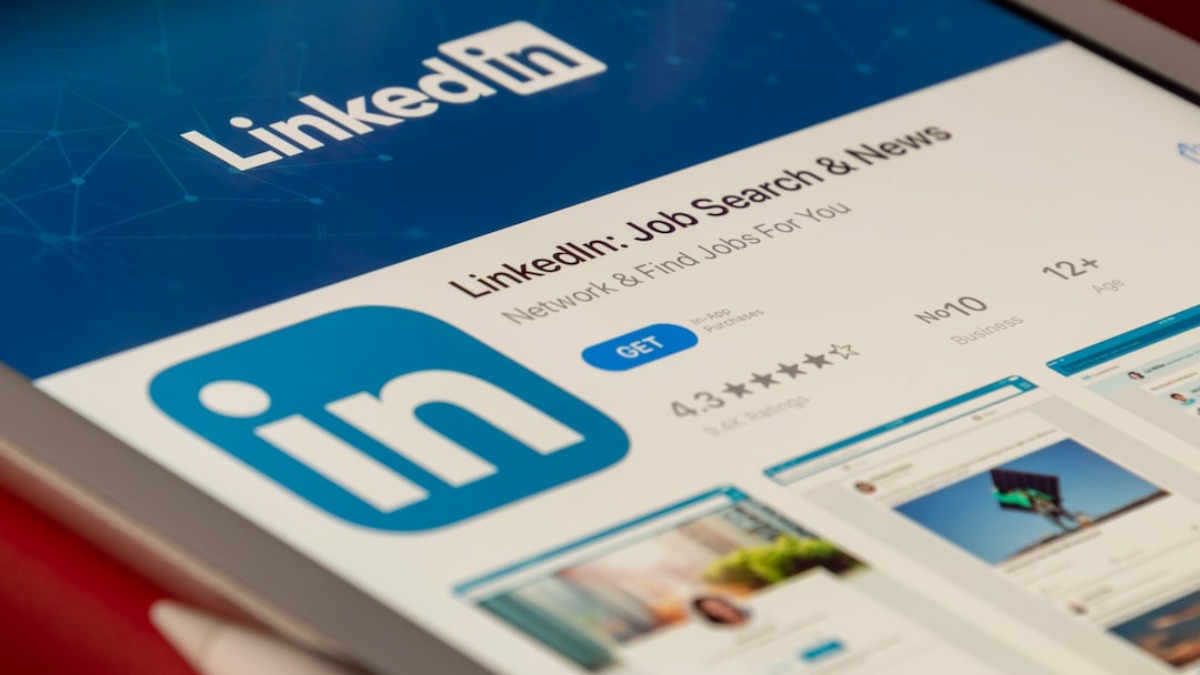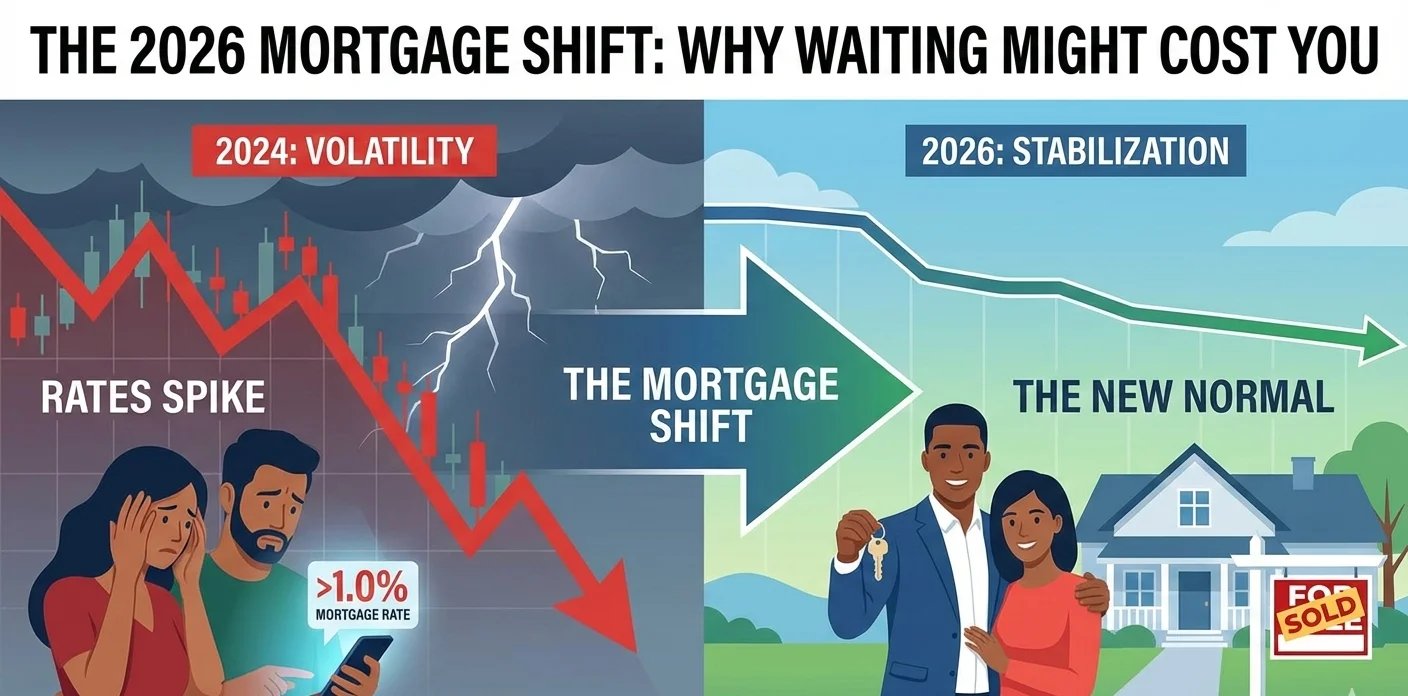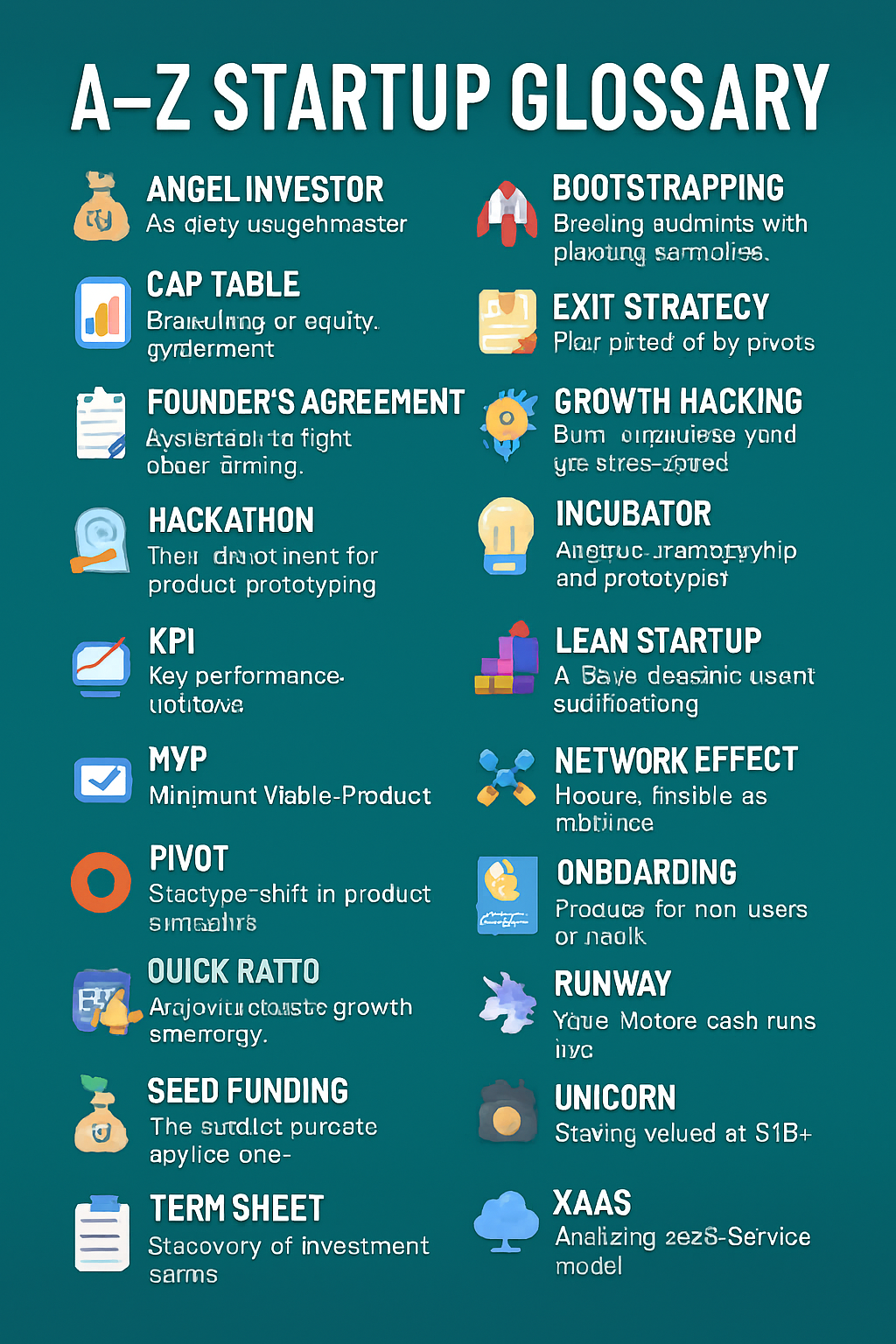Startups
Unlocking the Potential: Leveraging LinkedIn Newsletters to Fuel Business Growth and Personal Branding

Introduction
LinkedIn, the world’s largest professional network, is not just a platform for connecting with peers and colleagues anymore. With its recent introduction of newsletters, LinkedIn has provided an excellent opportunity for businesses and individuals to enhance their online presence and grow their brands. In this article, we will explore how you can leverage LinkedIn newsletters to expand your business or personal brand.
Understanding LinkedIn Newsletters
LinkedIn newsletters are a powerful tool that allows you to share curated content, insights, and expertise with your network on a regular basis. As a LinkedIn member, you can create and manage your own newsletter, attracting subscribers who are interested in your industry, niche, or area of expertise.
Establishing Your Objectives
Before diving into creating a newsletter, it’s essential to define your objectives. Are you looking to establish thought leadership in your industry? Do you want to generate leads or drive traffic to your website? Understanding your goals will help tailor your content strategy and create newsletters that resonate with your target audience.
Creating Compelling Content
To attract and retain subscribers, your newsletter content needs to be engaging, relevant, and valuable. Here are some tips for creating compelling content:
- Identify Your Target Audience: Understand who your target audience is and the type of content they find informative or useful. This will help you curate content that resonates with them.
- Diversify Content Formats: Experiment with different content formats, such as articles, videos, podcasts, or infographics. This variety keeps your newsletters interesting and caters to different preferences.
- Offer Exclusive Insights: Share unique insights, industry trends, case studies, or behind-the-scenes information that your subscribers won’t find elsewhere. This exclusive content will provide a compelling reason for them to subscribe and stay engaged.
- Maintain Consistency: Regularly publish newsletters to maintain a consistent presence. This helps you build trust, establish authority, and keep your subscribers engaged.
Promoting Your Newsletter
To ensure your newsletter reaches a wider audience, you need to promote it effectively. Here are some strategies to consider:
- Leverage Your LinkedIn Profile: Optimize your LinkedIn profile to highlight your newsletter and encourage visitors to subscribe. You can add the newsletter to your featured section and include a call-to-action in your bio.
- Engage with Relevant Communities: Participate in LinkedIn groups, forums, or communities relevant to your niche. Be helpful, share insights, and occasionally mention your newsletter where appropriate. This can attract like-minded individuals interested in subscribing.
- Share on Other Social Media Platforms: Cross-promote your newsletter on other social media platforms, such as Twitter, Facebook, or Instagram. Utilize your existing followers to spread the word and generate more subscribers.
- Collaborate with Influencers: Partner with influencers or industry experts who can endorse your newsletter. Their support can significantly expand your reach and credibility.
Analyzing Performance
Analyzing the performance of your LinkedIn newsletter is crucial for optimizing your content and making data-driven decisions. LinkedIn offers analytics tools that provide insights into subscriber demographics, engagement rates, and content performance. Regularly monitor these metrics to identify what resonates with your audience and adjust your content strategy accordingly.
Conclusion
LinkedIn newsletters have emerged as a valuable medium for businesses and individuals to grow their brands and establish thought leadership. By creating compelling content, promoting your newsletter, and analyzing its performance, you can leverage this powerful tool to connect with your target audience, increase engagement, and enhance your personal or business brand. Start creating your LinkedIn newsletter today and unlock the potential for growth.
Discover more from Startups Pro,Inc
Subscribe to get the latest posts sent to your email.
Startups
The 2026 Mortgage Shift: Why Waiting for “Perfect” Might Cost You

Plus: The “New Normal” for rates and what it means for your wallet.
Is the 2026 housing market finally turning a corner? We break down the latest mortgage trends, rate forecasts, and why waiting for the “perfect” dip might backfire.
Key Takeaways:
- The Trend: Mortgage rates are stabilizing, moving away from the volatility of previous years.
- The Trap: Trying to time the absolute bottom of the market is causing buyers to miss good inventory.
- The Move: Smart buyers are prioritizing “marrying the house and dating the rate” as 2026 approaches.
It’s a familiar scene: It’s 11:30 PM on a Tuesday. You’re lying in bed, blue light from your phone illuminating the room, doom-scrolling through Zillow. You find a house you love, but then you toggle over to a mortgage calculator, punch in the current rate, and feel your stomach drop.
If this sounds like you, you aren’t alone. For the last two years, the American dream of homeownership has felt more like a math test that nobody studied for.
But here is the news you’ve been waiting for: As we close out 2025 and look toward 2026, the mortgage landscape is finally shifting. It’s not the free-fall drop everyone prayed for, but it’s something arguably better—stability.
The State of the Mortgage: December 2025
For the first time in a long time, the bond market is taking a breath. After a year of “will-they-won’t-they” with the Federal Reserve, we are seeing mortgage rates settle into a tighter range.
Why does this matter? Because volatility is the enemy of the homebuyer. When rates swing wildly from week to week, it’s impossible to budget. Today’s stabilization means that for the first time in 18 months, the monthly payment you calculate today is likely the payment you’ll actually get at the closing table.
The “New Normal” Calculation
Let’s look at the real-world math.
- Then (Early 2024): A $400,000 loan at peak rates felt suffocating.
- Now (Late 2025): With rates moderating, that same loan saves you hundreds per month compared to the peak.
While we aren’t back to the unicorn days of 3% rates (and leading economists suggest we may never be again), the current mortgage environment is far more manageable. The panic is leaving the market, replaced by a more traditional supply-and-demand dynamic.
Mortgage Rates Forecast 2026: What the Experts Are Seeing
The million-dollar question remains: Should I wait for rates to drop lower in 2026?
It’s the gamble of the decade. Most housing market predictions for 2026 suggest a slow, steady decline in rates, but there is a catch.
The Inventory Trap “If rates drop to 5.5% or 5%, we aren’t just going to see happy buyers; we’re going to see all the buyers,” notes leading industry analyst Sarah Jenkins.
Here is the paradox: If mortgage rates plummet in early 2026, demand will skyrocket. When demand skyrockets in a low-inventory market, home prices go up. You might save $200 a month on your interest rate, but you could end up paying $30,000 more for the house—and facing a bidding war to get it.
30-Year Fixed Mortgage Trends
The 30-year fixed mortgage remains the gold standard, but the spread between it and the 10-year Treasury yield is narrowing. This technical shift is a good sign for consumers. It means lenders are feeling less risk, which usually translates to more competitive offers for you.
Smart Moves for First-Time Homebuyers
If you are tired of sitting on the sidelines, here is how to win in the current market.
1. The “Date the Rate” Strategy is Still Valid
Don’t let a quarter-percentage point stop you from buying the right home. If you find a property with good bones in a great neighborhood, secure it. You can always look into mortgage refinancing rates later if the market takes a significant dip in 2026 or 2027. You can refinance a loan; you cannot refinance the purchase price.
2. Boost Your Credit Score Now
In 2025, lenders are tier-sensitive. The difference between a 720 and a 760 credit score can change your rate significantly. Pay down high-interest credit cards before applying for a mortgage to boost your debt-to-income ratio.
3. Ask About Buy-Downs
Sellers are still willing to negotiate. Instead of asking for a price reduction, ask the seller to pay for a “2-1 Buy-Down.” this temporarily lowers your mortgage interest rate for the first two years, giving you lower payments now while you wait for rates to naturally settle.
The Verdict
Is now the right time? If you are looking for an investment purely based on interest rate arbitrage, maybe you wait. But if you are looking for a home—a place to paint the walls and park your car—the stabilization of late 2025 offers a window of opportunity.
The mortgage market has calmed down. The question is, are you ready to jump in before the 2026 rush?
Discover more from Startups Pro,Inc
Subscribe to get the latest posts sent to your email.
Startups
A to Z of Startup Terms: Essential Glossary for Founders

Master startup lingo with this A–Z glossary — from Angel Investors to Zero to One
A — Angel Investor
An early-stage investor who provides capital, mentorship, and network access.
Example: Naval Ravikant is a well-known angel investor in Silicon Valley.
B — Bootstrapping
Building a startup using personal funds or revenue without external investment.
Example: Mailchimp scaled to millions without VC funding.
C — Cap Table (Capitalization Table)
A breakdown of ownership stakes, including founders, investors, and option pools.
Used in: Fundraising rounds, equity negotiations.
D — Due Diligence
A thorough review of financials, legal docs, and team before investment or acquisition. Includes: IP audits, revenue validation, founder background checks.
E — Exit Strategy
A plan for founders/investors to realize returns via IPO, acquisition, or secondary sale. Example: Instagram’s exit via Facebook acquisition.
F — Founder’s Agreement
Outlines equity splits, vesting schedules, decision-making rights, and dispute resolution.
Tip: Always include a vesting clause to protect against early departures.
G — Growth Hacking
Rapid experimentation across marketing channels to find scalable growth tactics.
Tools: A/B testing, viral loops, referral programs.
H — Hackathon
Time-boxed event where teams build prototypes or solve problems.
Outcome: MVPs, new features, or hiring opportunities.
I — Incubator
Supports startups with mentorship, office space, and resources.
Example: Y Combinator (also an accelerator).
J — J-Curve
Visualizes initial losses followed by exponential growth — common in VC-backed startups. Used in: Investor pitch decks to show long-term potential.
K — KPI (Key Performance Indicator)
Metrics that track progress toward business goals.
Examples: CAC, LTV, churn rate, monthly active users.
L — Lean Startup
Methodology focused on validated learning, MVPs, and iterative development.
Book: The Lean Startup by Eric Ries.
M — MVP (Minimum Viable Product)
The simplest version of a product that solves a core problem.
Goal: Validate assumptions before scaling.
N — Network Effect
Product becomes more valuable as more users join.
Examples: WhatsApp, Airbnb, LinkedIn.
O — Onboarding
Process of introducing users or employees to your product or company.
Includes: Tutorials, welcome emails, walkthroughs.
P — Pivot
Strategic shift in product, market, or business model.
Example: Slack pivoted from a failed game to a workplace chat tool.
Q — Quick Ratio
Formula: (New MRR + Expansion MRR) / (Churned MRR + Contraction MRR).
Used to: Measure SaaS growth efficiency.
R — Runway
Time left before cash runs out. Formula: Cash / Monthly Burn Rate.
S — Seed Funding
First institutional funding round, often from angels or seed-stage VCs.
Used for: MVP development, early hiring, market validation.
T — Term Sheet
Outlines investment terms: valuation, equity, liquidation preference, board rights.
Tip: Negotiate founder-friendly terms early.
U — Unicorn
Startup valued at $1B+ while still privately held.
Examples: Stripe, ByteDance, Canva.
V — Venture Capital
Equity-based funding from firms investing in high-growth startups.
Stages: Seed, Series A, B, C, etc.
W — Wireframe
Low-fidelity design mockup showing layout and user flow.
Tools: Figma, Balsamiq, Sketch.
X — XaaS (Anything as a Service)
Cloud-based delivery of services: SaaS, PaaS, IaaS, etc.
Trend: Rise of vertical SaaS and niche XaaS models.
Y — Yield
Return on investment, often used in financial modeling.
Formula: Income / Investment Cost.
Z — Zero to One
Creating something entirely new vs incremental improvement.
Book: Zero to One by Peter Thiel.
Discover more from Startups Pro,Inc
Subscribe to get the latest posts sent to your email.
Startups
🌐 The Global Blockchain Show 2025 Is Coming to Abu Dhabi – December 10–11, 2025

The blockchain world is converging in Abu Dhabi this December for one of the most anticipated Web3 events of the year: the Global Blockchain Show 2025, taking place December 10–11, 2025. With over 7,000+ attendees, 250+ global speakers, and 350+ pioneering companies, this summit promises to be a powerhouse of innovation, networking, and strategic insight globalblockchainshow.com Cointelegraph.
🚀 A Premier Web3 & Crypto Conference
Organized by VAP Group and powered by Times of Blockchain, the Global Blockchain Show is more than just a conference—it’s a launchpad for the future of decentralized technology. Held at a world-class venue in Abu Dhabi, the event will spotlight the UAE’s bold leap into blockchain adoption across government, enterprise, and finance Cointelegraph.
🔍 What to Expect
1. Global Thought Leadership
Hear from 250+ blockchain pioneers, founders, and policy shapers driving the next wave of innovation. Topics will span:
- Web3 infrastructure
- Tokenization and DeFi
- Blockchain regulation and compliance
- Enterprise integration and smart contracts
2. Elite Networking
Rub shoulders with:
- Top-tier investors
- Tech giants
- Startups and developers
- Government officials and regulators
This is your chance to forge partnerships that could shape the next decade of blockchain evolution.
3. Immersive Exhibitions
Explore cutting-edge solutions from 350+ companies showcasing the latest in crypto, NFTs, metaverse, and enterprise blockchain applications.
🌍 Why Abu Dhabi?
Abu Dhabi is rapidly emerging as a global blockchain hub, with progressive regulation, strong institutional support, and a thriving tech ecosystem. The city’s commitment to digital transformation makes it the perfect host for a summit of this scale and ambition.
🎯 Who Should Attend?
This event is ideal for:
- Blockchain founders and developers
- Crypto investors and analysts
- Web3 startups and entrepreneurs
- Government and enterprise leaders
- Legal and compliance professionals
Whether you’re building the next unicorn or shaping policy, the Global Blockchain Show offers unparalleled access to insights, capital, and community.
📅 Save the Date
Global Blockchain Show 2025
🗓️ Dates: December 10–11, 2025
📍 Location: Abu Dhabi, UAE
Ready to be part of the future?
Visit the official website to register, explore the agenda, and secure your spot among the world’s top blockchain minds globalblockchainshow.com.
Discover more from Startups Pro,Inc
Subscribe to get the latest posts sent to your email.
-
Digital5 years ago
Social Media and polarization of society
-
Digital5 years ago
Pakistan Moves Closer to Train One Million Youth with Digital Skills
-
Digital5 years ago
Karachi-based digital bookkeeping startup, CreditBook raises $1.5 million in seed funding
-
News5 years ago
Dr . Arif Alvi visits the National Museum of Pakistan, Karachi
-
Digital5 years ago
WHATSAPP Privacy Concerns Affecting Public Data -MOIT&T Pakistan
-
Kashmir5 years ago
Pakistan Mission Islamabad Celebrates “KASHMIRI SOLIDARITY DAY “
-
Business4 years ago
Are You Ready to Start Your Own Business? 7 Tips and Decision-Making Tools
-
China5 years ago
TIKTOK’s global growth and expansion : a bubble or reality ?























